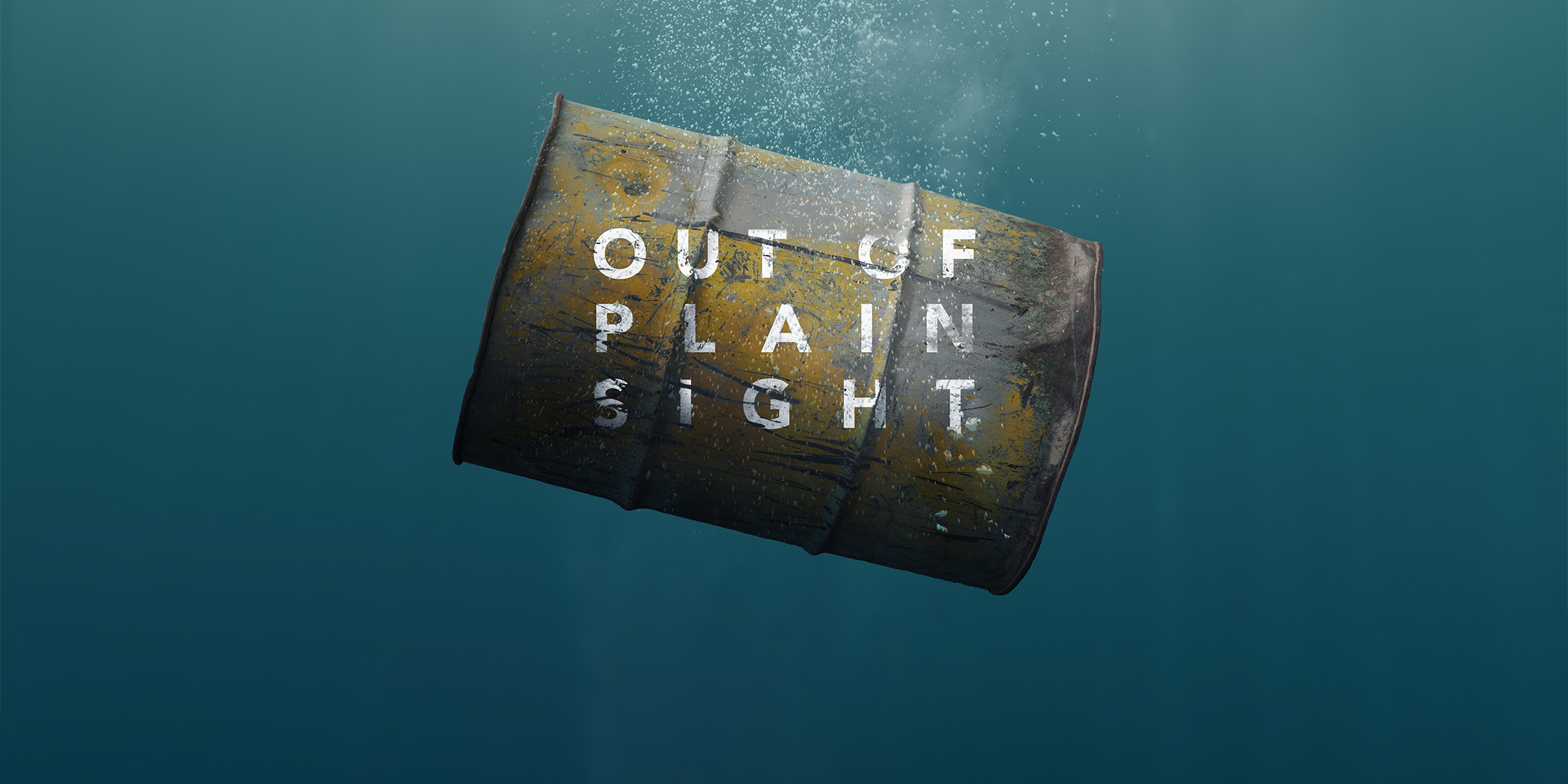
Mitigating the Effects of Water Scarcity
Water scarcity and quality problems occur in many regions of the world, particularly in areas with semi-arid to arid climates. Combined pressures of population growth, economic development, and climate variability expose such regions to water scarcity and are inspiring exploration of alternative sources and conservation strategies.
Blue Gold refers to the availability of fresh water and the health of watersheds that are inextricably linked and increasingly tied to issues of energy and technology as human population, societal demand, and climate change intensify.
The San Diego and US-Mexico Border region provides a natural laboratory for studying water resources in the context of scarcity and change. This area is prone to challenges such urban water supply, agricultural water management, and international water conflict and cooperation that are mirrored in many other regions. Research questions, methods, and findings generated in our region are likely to have global implications.
Blue Gold is one of three SDSU Areas of Excellence Initiatives that was approved in 2015. The initiative supports new tenure-track faculty positions that are allocated to advance existing and future areas of scholarly excellence, and to foster interdisciplinary collaborations in research and creative endeavors.
News and Events
Special screening of award-winning LA Times documentary "Out of Plain Sight"
Join us for a special screening and discussion of the award-winning Los Angeles Times documentary, “Out of Plain Sight.” The film, which features Blue Gold faculty member Eunha Hoh, will be screened at the National Academy of Sciences in Washington, DC, on the evening of December 11, 2025. This documentary reveals an environmental disaster that is lurking just off the coast of Southern California.
Following the screening, there will be a conversation with co-director Rosanna Xia and several scientists featured in the film, including David Valentine (UC Santa Barbara), Alissa Deming (Pacific Marine Mammal Center), Eunha Hoh (San Diego State University), and Lihini Aluwihare (Scripps Institution of Oceanography). The event is free, but tickets are required to attend the screening.
